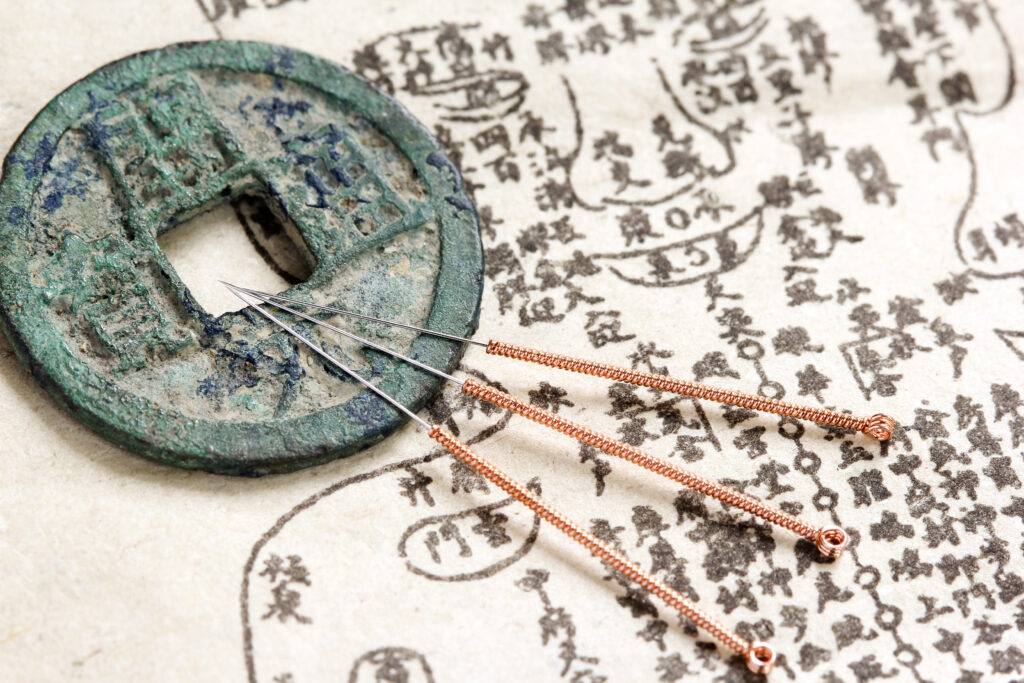In Focus: Acupuncture
Acupuncture for Pain
Acupuncture literally means “needle piercing”, the practice of inserting very fine needles into the skin to stimulate specific anatomic points in the body (called acupoints or acupuncture points) for therapeutic purposes. The acupoints are stimulated to balance the movement of energy (qi) in the body to restore health. Acupuncture is best known for the control of pain however, it can treat a wide variety of physical and psycho-emotional disorders.
The Gate Control Theory of Pain
According to this theory, pain signals must pass through a number of high-traffic “gates” as they move from the area of injury upward through the spinal cord into the brain. Like a road or highway, these nerves can handle only a limited number of nerve signals at one time. The pain signal travels very slowly. We can generate other signals which move faster. The faster signals crowd out the slower ones because of the limited capacity of the nerves. Remember the time sitting in traffic near a construction zone, where the two lanes merge into one. The fast cars on the merging lanes go further and merge ahead of the slower ones, making it nearly impossible for the slow traffic on the lane to move forward. Now think about the pain signals are the slow ones sitting there waiting for an opening to move through. If one can produce enough fast signals, it can effectively crowd out the pain signals. Acupuncture generates competing stimulus and effectively blocks the slow pain signals from reaching the brain. The result: we never “experience the pain”.
Electrical Theory of Pain Control
The body continually generates tiny but detectable electrical discharges. This electrical field influences the growth, maturation, and functioning of some types of cells. It is known that acupuncture points are concentrated in regions of low electrical resistance. Studies have shown that there is a correlation between the electromagnetic fields in the body and the channels or meridians. So, this electrical theory of acupuncture suggests that acupuncture works by influencing the body’s electromagnetic fields. Acupuncture points have certain electrical properties, and stimulating these points alters chemical neurotransmitters in the body leading to reduced inflammation and pain.
Opioid Theory of Pain Control
Acupuncture affects nerve pathways to increase enkephalins and dynorphins (i.e. the body’s own opioids) in spine and mid-brain, and to raise endorphins in the hypothalamus-pituitary region. The flow of enkephalins causes a release of serotonin and norepinephrine in the spine, which inhibit spinal pain transmission. Endorphins inhibit substance P, involved in pain and inflammation.
Other Effects of Acupuncture
Acupuncture has been shown to balance the immunesystem and stimulate the release of a variety of hormones that help body to respond to injury and stress. It also affects the circulation, blood pressure, rhythm and stroke volume of the heart, secretion of the gastric acid, and production of red and white cells.

